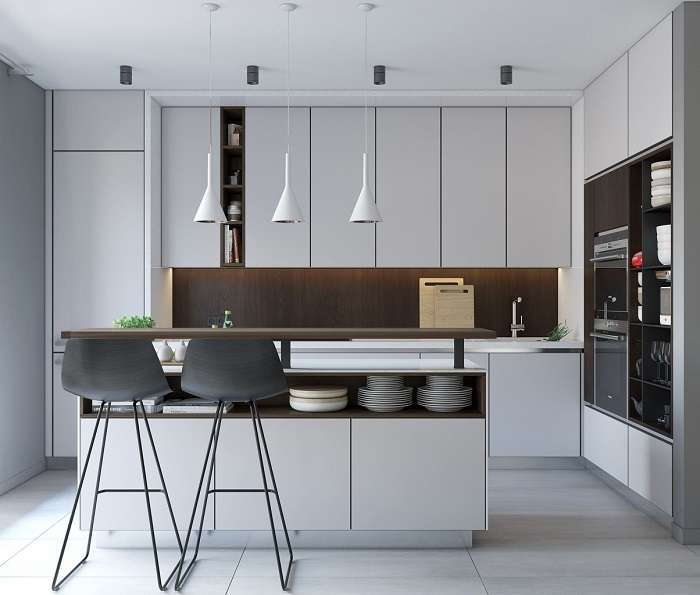Whether at home, at business, or for recreation, we spend a large amount of our lives indoors. Our living conditions have a big influence on our happiness, productivity, and general wellbeing. This is where interior design enters the picture, and its significance goes far beyond merely creating an aesthetically pleasing room.
Beyond Aesthetics: The Power of Functionality
Good interior design extends beyond aesthetics. It’s all about tailoring space to your specific demands and lifestyle. A professional interior designer understands space planning and creates arrangements that maximise usefulness. This could include designating places in the home for work, relaxation, or entertainment, as well as encouraging collaboration and efficiency in the workplace.
Imagine a messy living room with improper furniture placement. An interior designer can reorganise the arrangement to create a logical flow, including creative storage solutions to minimise clutter and provide a sense of space.
Designing for Well-being
Our psychological wellness and pleasure are greatly influenced by the environments we live in. This idea is utilised in interior design by adding components that encourage cosiness, unwinding, and creativity. For example, natural light is proven to increase energy levels, and a thoughtful colour scheme can affect feelings. For instance, a well-designed home office might make use of lots of natural light and soothing colours to create a concentration- and productivity-boosting atmosphere.

